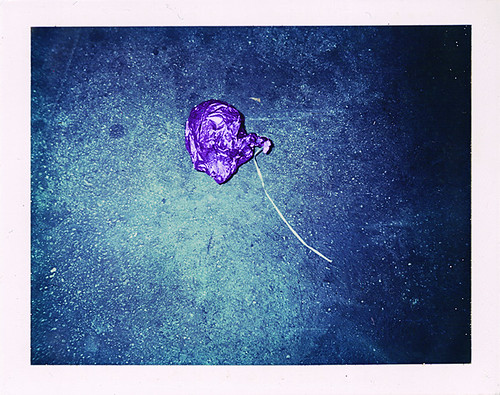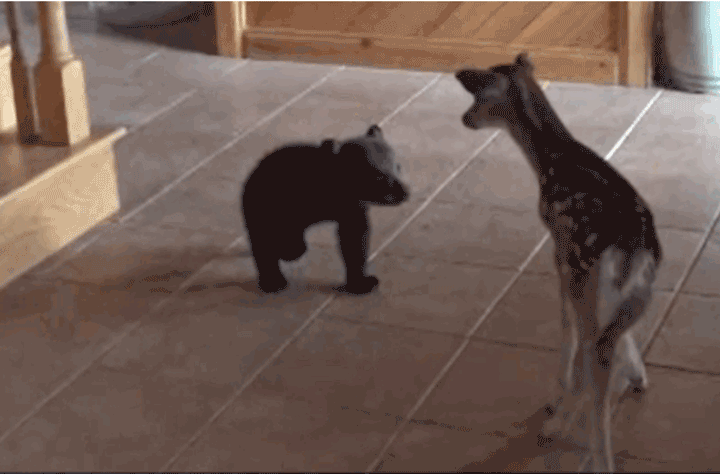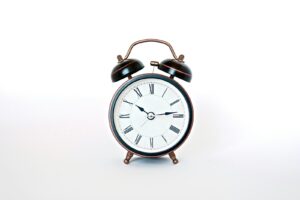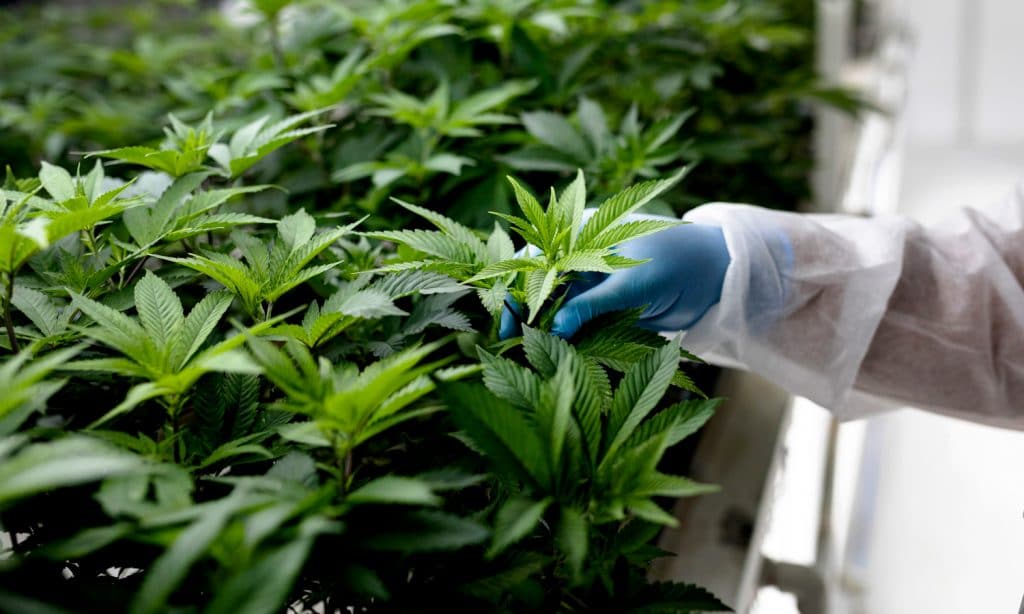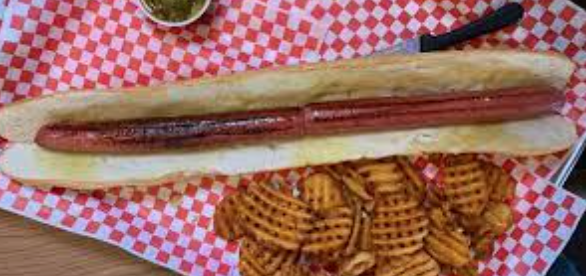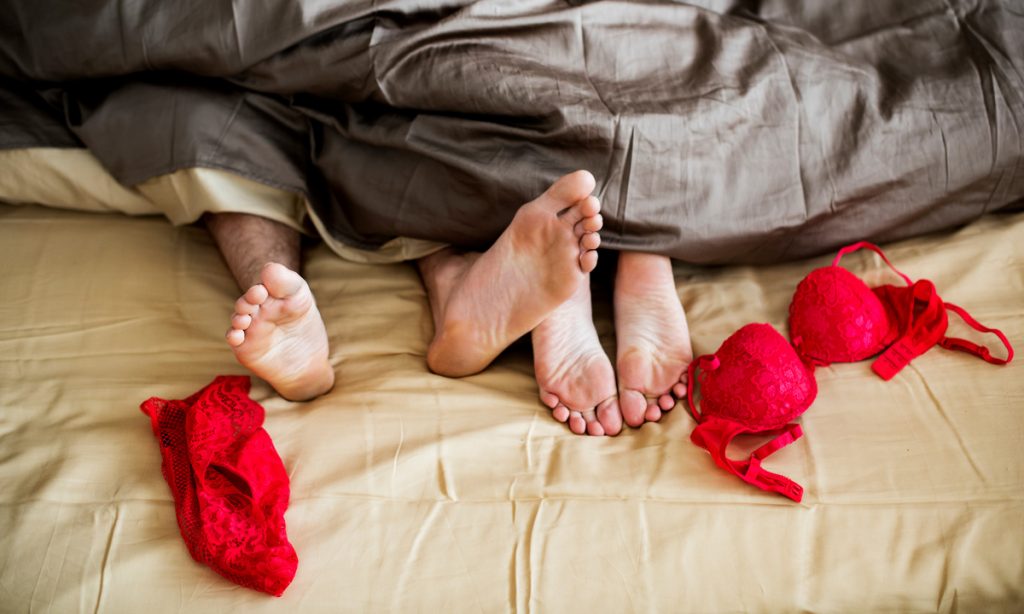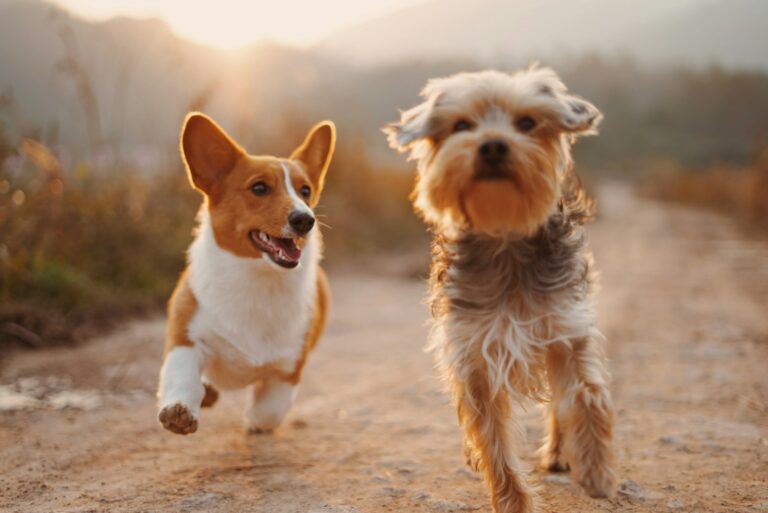The GOP’s argument against marijuana took a body blow from Germany
Running against the grain of public sentiment, some members of the GOP are fighting against cannabis rescheduling and trying to be clever. The Drug Enforcement Agency (DEA) is still having internal discussions about whether to reschedule cannabis from a schedule I to schedule III-controlled substance with some in the GOP wishing to stop the process. But along comes Germany and they are deflating their efforts.
Germany has the biggest economy in the EU and are a leader in the United Nations and NATO. A practical country, they just legalized marijuana. Officials shared legalization would undermine criminal trade in the drug, guard against harmful impurities, and free police to pursue more serious crimes alongside providing medical benefits.
RELATED: California or New York, Which Has The Biggest Marijuana Mess
Republican Senators Jim Risch (R-), Mitt Romney (R-UT) and Pete Ricketts (R-NB) are unhappy with the the administration’s plan to reschedule marijuana. To stop or slow the process, these senators question if it violate US treaty obligations. Data shows 89% of citizens believe it should be legal in some form, so they are definitely swimming against the flow of public opinion. Additionally, science, data and the healthcare community have proven it has clear medical benefits.
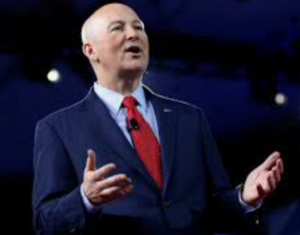
The United Nations’s (UN) drug control body reaffirmed legalizing marijuana for non-medical or non-scientific purposes a violation of international treaties. But enforcement is non-existent. While Uruguay was technical the first, Canada was the first to fully implement it and the UN has done nothing. Since then Georgia, Luxembourg, Malta, Mexico, South Africa and Thailand have made the move without any issues.
The Senators move has some support in the house, but Senator Chuck Schumer (D-NY) has made it clear he wants progress on cannabis legalization. Germany’s move severely undercuts the GOPs efforts.
Andrew Cooper, partner at Falcon Rappaport & Berkman LLP, one of the top cannabis law firms believes “Consequently, if anything, the fact that Germany legalized adult-use cannabis despite all the hurdles (including not only the Single Convention, but the Schengen Convention of 1985, the EU Framework Decision 2004/757/JHA of 2004, and the Narcotic Drug Act (BtMG), when the U.S. only really needs to address (and likely ignore) the Single Convention, may provide some impetus to the DEA to follow suit”.
RELATED: Americans Want It, Some Politicians Prefer a Nanny State
Tom Zuber, Managing Partner of Zuber Lawler whose west coast firm has a robust cannabis division states “It’s exciting to see Germany making history by legalizing cannabis at the recreational level as the largest economy in the European Union. I hope that Germany’s leadership on this front will inspire other countries throughout the world to do the same, including the United States.

